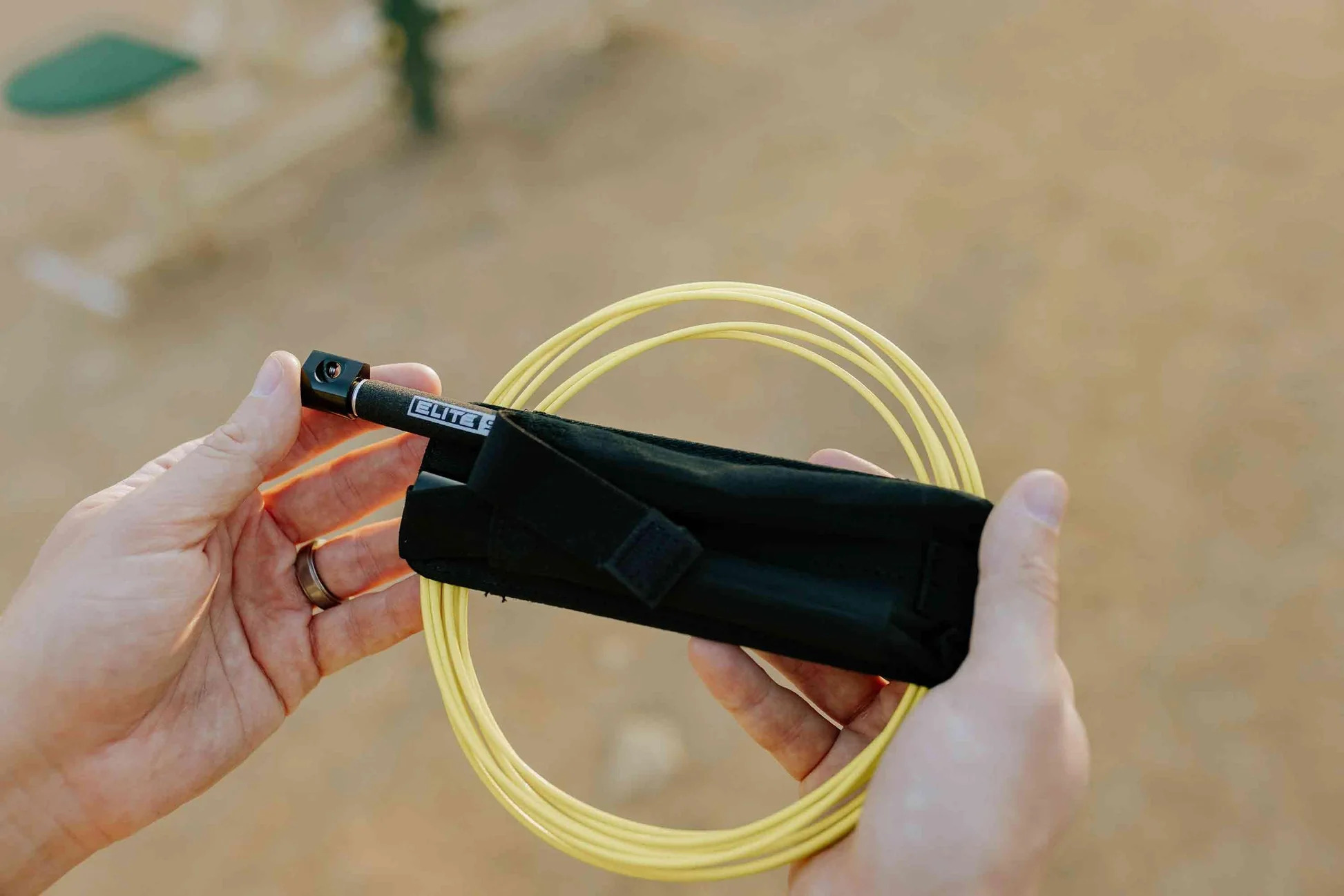

Articles
How To Store Jump Rope
Modified: January 18, 2024
Learn the best techniques and tips for storing your jump rope properly and keeping it in great condition. Read our articles for step-by-step instructions.
(Many of the links in this article redirect to a specific reviewed product. Your purchase of these products through affiliate links helps to generate commission for Storables.com, at no extra cost. Learn more)
Introduction
Jump rope is a versatile and effective piece of fitness equipment that is favored by athletes, fitness enthusiasts, and even children for its ability to improve cardiovascular fitness, coordination, and agility. Whether you use your jump rope for intense workouts, conditioning exercises, or simply for fun, proper storage is essential in maintaining its longevity and effectiveness.
In this article, we will explore various storage options that will help keep your jump rope in optimal condition, preventing tangling, knotting, and unnecessary wear and tear. By choosing the right storage solution and implementing a few simple tips, you can ensure that your jump rope is always ready for use.
Key Takeaways:
- Proper storage is crucial for maintaining jump rope longevity and performance. Hanging, drawer/container, wall-mounted, and portable storage options offer convenience and protection. Regular cleaning and tangle prevention are key for optimal jump rope maintenance.
- Choosing the right storage option and implementing simple tips ensures jump rope longevity. Hanging storage keeps ropes untangled, while drawer/container storage protects from dust. Wall-mounted storage adds a decorative touch, and portable solutions offer convenience for on-the-go use.
Read more: How To Store A Jump Rope
Choosing the Right Storage Option
When it comes to storing your jump rope, there are several options to consider. The best storage solution will depend on the space you have available, your personal preferences, and the type of jump rope you own. Here are a few popular storage options to consider:
- Hanging Storage: One of the most popular options is hanging storage. This involves using hooks or a designated jump rope hanger to keep your rope suspended. Hanging your jump rope allows it to stay untangled and easily accessible. It’s important to choose a sturdy hook or hanger that can support the weight of your jump rope. Hanging storage is an excellent choice if you have limited floor space.
- Drawer or Container Storage: If you prefer a more concealed storage option, you can keep your jump rope in a drawer or container. This is a great option if you want to keep your jump rope out of sight and protected from dust and dirt. Make sure to coil your jump rope neatly to prevent tangles when using this storage method.
- Wall-Mounted Storage: For a combination of convenience and visibility, wall-mounted storage options are ideal. You can use wall-mounted racks or hooks to securely hold your jump rope on the wall. This keeps your jump rope organized and easily accessible, while also adding a decorative element to your space.
- Portable Storage Solutions: If you frequently take your jump rope with you on the go, consider investing in a portable storage solution. There are specially designed jump rope bags or cases available that offer protection and convenience. These storage options typically include compartments to keep your jump rope and other accessories organized.
Ultimately, the right storage option will depend on your personal preferences and the available space. Consider the convenience, accessibility, and protection offered by each option before making a decision.
Option 1: Hanging Storage
Hanging storage is a popular and practical option for keeping your jump rope neat, untangled, and easily accessible. Here’s how you can implement hanging storage for your jump rope:
- Find a suitable location: Look for a spot where you can attach a hook or hanger to hang your jump rope. It could be on a wall, in a closet, or on the back of a door. Make sure the location is easily accessible for when you want to grab your jump rope.
- Choose the right hook or hanger: Select a sturdy hook or hanger that can support the weight of your jump rope. There are various options available, including adhesive hooks, screw-in hooks, or specialized jump rope hangers. Consider the weight and length of your jump rope to ensure the hook or hanger can handle it.
- Install the hook or hanger: Follow the manufacturer’s instructions to securely install the hook or hanger. If using adhesive hooks, make sure the surface is clean and dry before sticking them in place. If using screw-in hooks, use a drill or screwdriver to affix them to the wall.
- Hang the jump rope: Coil your jump rope neatly and hang it on the hook or hanger. Make sure it is hanging freely without any twists or tangles. Avoid hanging your jump rope near sharp objects or in areas with high humidity or extreme temperatures that can damage the rope.
Hanging your jump rope not only keeps it organized and free from knots, but it also allows it to dry between uses, preventing moisture buildup. This is especially important if you use your jump rope for intense workouts that result in sweating.
Remember to always check the condition of your hanging storage setup to ensure it remains secure and in good condition. If the hook or hanger becomes loose or damaged, replace it promptly to prevent any accidents.
Hanging storage is a convenient option for those who want their jump rope readily accessible and free from tangles. It is especially beneficial if you have limited floor space or if you use your jump rope frequently.
Option 2: Drawer or Container Storage
If you prefer a more concealed storage option for your jump rope, drawer or container storage can be a great choice. Here’s how you can properly store your jump rope in a drawer or container:
- Select a suitable drawer or container: Choose a drawer or container that is large enough to comfortably accommodate your jump rope. It should be clean, dry, and easily accessible.
- Coil the jump rope neatly: Before storing your jump rope, make sure to coil it in a neat and organized manner. This helps prevent tangles and knotting. Hold one end of the rope and wind it around your hand in a circular motion until you reach the other end. Then, secure the coil with a twist tie or elastic band.
- Place the jump rope in the drawer or container: Gently place the coiled jump rope into the drawer or container. Ensure that it fits properly without any force or compression that could damage the rope.
- Protect the jump rope: If desired, you can place a soft cloth or tissue paper inside the drawer or container to provide extra protection and prevent any friction or rubbing that could cause wear and tear on the jump rope.
Drawer or container storage is an excellent option if you prefer to keep your jump rope out of sight or if you have limited wall or floor space. It helps protect your rope from dust, dirt, and potential damage.
When using this storage method, it’s important to regularly check the condition of your jump rope for any signs of wear, especially in areas where it bends or comes into contact with the drawer or container. Inspect the rope for frayed ends, kinks, or knots, and address any issues promptly to ensure your jump rope remains in good working condition.
Remember to keep the drawer or container in a cool, dry place away from direct sunlight and extreme temperatures to prevent any damage to the jump rope material.
Drawer or container storage is a convenient and discreet option for jump rope storage. It keeps your rope protected and organized, ready for your next workout session or activity.
To store a jump rope, coil it neatly and secure it with a Velcro strap or tie. Hang it on a hook or store it in a small container to prevent tangles and prolong its lifespan.
Option 3: Wall-Mounted Storage
Wall-mounted storage is a practical and visually appealing option for keeping your jump rope organized and easily accessible. Here’s how you can utilize wall-mounted storage for your jump rope:
- Choose a suitable location: Select a wall space in your home or gym where you can mount a rack or hooks to hold your jump rope. Consider a location that is easily visible and convenient for grabbing your jump rope.
- Select a wall-mounted storage solution: There are various options available for wall-mounted jump rope storage. You can choose a pre-made rack designed specifically for jump ropes, or opt for hooks that can be affixed to the wall individually or as a set. Be sure to choose a sturdy and reliable option that can support the weight of your jump rope.
- Install the rack or hooks: Follow the manufacturer’s instructions to properly install the rack or hooks on the wall. Use a level to ensure that they are straight and aligned. If using screws, make sure to securely fasten them to the wall studs or use appropriate anchors for added stability.
- Hang the jump rope: Coil your jump rope neatly and hang it on the rack or hooks. Ensure that the rope is straight and free from any tangles or twists. If using individual hooks, you can hang each end of the rope on separate hooks to keep it organized.
Wall-mounted storage not only keeps your jump rope easily accessible but also adds a decorative element to your space. It can serve as a visual reminder to use your jump rope regularly, encouraging you to incorporate it into your fitness routine.
It is important to periodically inspect the wall-mounted storage to ensure that it remains secure and in good condition. If you notice any loose or damaged hooks or racks, tighten or replace them immediately to prevent any accidents.
Wall-mounted storage is an excellent choice if you have wall space available and want a storage solution that keeps your jump rope organized, visible, and within arm’s reach. It is particularly beneficial for gym setups or dedicated workout spaces.
Read more: How To Store A Rope
Option 4: Portable Storage Solutions
If you often take your jump rope on the go or prefer a storage option that offers convenience and portability, consider investing in a portable storage solution. Here’s how you can effectively store your jump rope using a portable storage solution:
- Choose a jump rope bag or case: Look for a specially designed jump rope bag or case that is spacious enough to accommodate your jump rope and any additional accessories, such as handles or weighted ropes. Consider features like compartments, zippered pockets, and a sturdy handle or strap for easy carrying.
- Coil your jump rope neatly: Before placing your jump rope in the bag or case, make sure to coil it in a neat and organized manner. This helps prevent tangles and knotting. Hold one end of the rope and wind it around your hand in a circular motion until you reach the other end. Then, secure the coil with a twist tie or elastic band.
- Place the jump rope in the bag or case: Gently place the coiled jump rope into the designated compartment of the bag or case. Ensure that it is not compressed or squeezed tightly to avoid unnecessary strain on the rope.
- Organize additional accessories: If your jump rope bag or case has extra compartments or pockets, utilize them to store any additional accessories, such as extra handles, resistance bands, or jump rope lubricant. This keeps everything in one place and makes it easier to locate your jump rope and accessories when needed.
- Secure and carry the portable storage solution: Close the bag or case securely, ensuring that the jump rope and accessories are safely stored inside. If the storage solution has a handle or strap, utilize it for easy transportation. Some portable storage options even come with adjustable straps that allow you to carry the bag as a backpack for added convenience.
Portable storage solutions are particularly beneficial for those who travel frequently, go to the gym, or engage in outdoor workouts. They offer protection for your jump rope, making it easy to transport and keeping it organized while on the move.
Remember to periodically check the condition of your portable storage solution for any signs of wear or damage. If the bag or case starts to show signs of deterioration, such as frayed seams or broken zippers, replace it to ensure the continued protection of your jump rope.
Using a portable storage solution not only keeps your jump rope safe but also provides the convenience and flexibility of taking your workout equipment with you wherever you go.
Additional Tips for Proper Jump Rope Storage
Proper storage of your jump rope goes beyond choosing the right storage option. Here are some additional tips to ensure that your jump rope remains in optimal condition:
- Clean your jump rope: Regularly wipe down your jump rope with a clean cloth or towel to remove any sweat, dirt, or debris. This helps prevent buildup that can affect the performance and longevity of the rope.
- Avoid storing wet jump ropes: If your jump rope becomes wet during a workout, allow it to air dry completely before storing it. Storing a damp or wet jump rope can lead to mildew or damage to the rope material.
- Keep your jump rope tangle-free: Whether you choose hanging storage, drawer storage, wall-mounted storage, or a portable storage solution, make sure to keep your jump rope properly coiled or hung to prevent tangles and knots. Always straighten any twists or tangles before storing.
- Store away from extreme temperatures: Avoid storing your jump rope in areas with extreme temperatures, such as near radiators or in direct sunlight. Extreme heat or cold can weaken the rope material and affect its durability.
- Inspect for wear and tear: Regularly inspect your jump rope for any signs of wear, fraying, or damage. Check the handles, the rope itself, and any connection points. Replace any worn-out or damaged parts to maintain the safety and effectiveness of your jump rope.
- Store in a dust-free environment: Dust and dirt can accumulate on your jump rope over time, affecting its performance. Store your jump rope in a clean and dust-free environment to minimize the need for frequent cleaning.
By following these additional tips, you can ensure that your jump rope remains in excellent condition, ready for your workouts or recreational activities.
Remember that proper storage not only helps maintain the quality and lifespan of your jump rope, but it also contributes to a safer and more enjoyable jumping experience.
Conclusion
Proper storage of your jump rope is essential for maintaining its longevity, preventing tangles, and ensuring optimal performance. With the various storage options available, you can choose the one that best suits your space and preferences.
Hanging storage is a popular choice, keeping your jump rope untangled and easily accessible. Drawer or container storage offers a concealed option, protecting your jump rope from dust and dirt. Wall-mounted storage adds a decorative element while keeping your jump rope organized. Portable storage solutions provide convenience for those on the go.
In addition to choosing the right storage option, implementing a few simple tips can help keep your jump rope in top condition. Regularly clean your jump rope, avoid storing it when wet, and keep it tangle-free. Inspect for wear and tear and store in a dust-free environment.
Remember to choose a storage solution that fits your needs and space limitations. Consider the convenience, visibility, and protection offered by each option. By properly storing your jump rope, you can ensure that it remains in excellent condition, ready for your workouts and activities.
So, whether you’re a fitness enthusiast, an athlete, or just someone who enjoys jumping rope for fun, make sure to give your jump rope the care it deserves. Implement the proper storage techniques discussed in this article and enjoy the benefits of a well-maintained jump rope for years to come.
Frequently Asked Questions about How To Store Jump Rope
Was this page helpful?
At Storables.com, we guarantee accurate and reliable information. Our content, validated by Expert Board Contributors, is crafted following stringent Editorial Policies. We're committed to providing you with well-researched, expert-backed insights for all your informational needs.
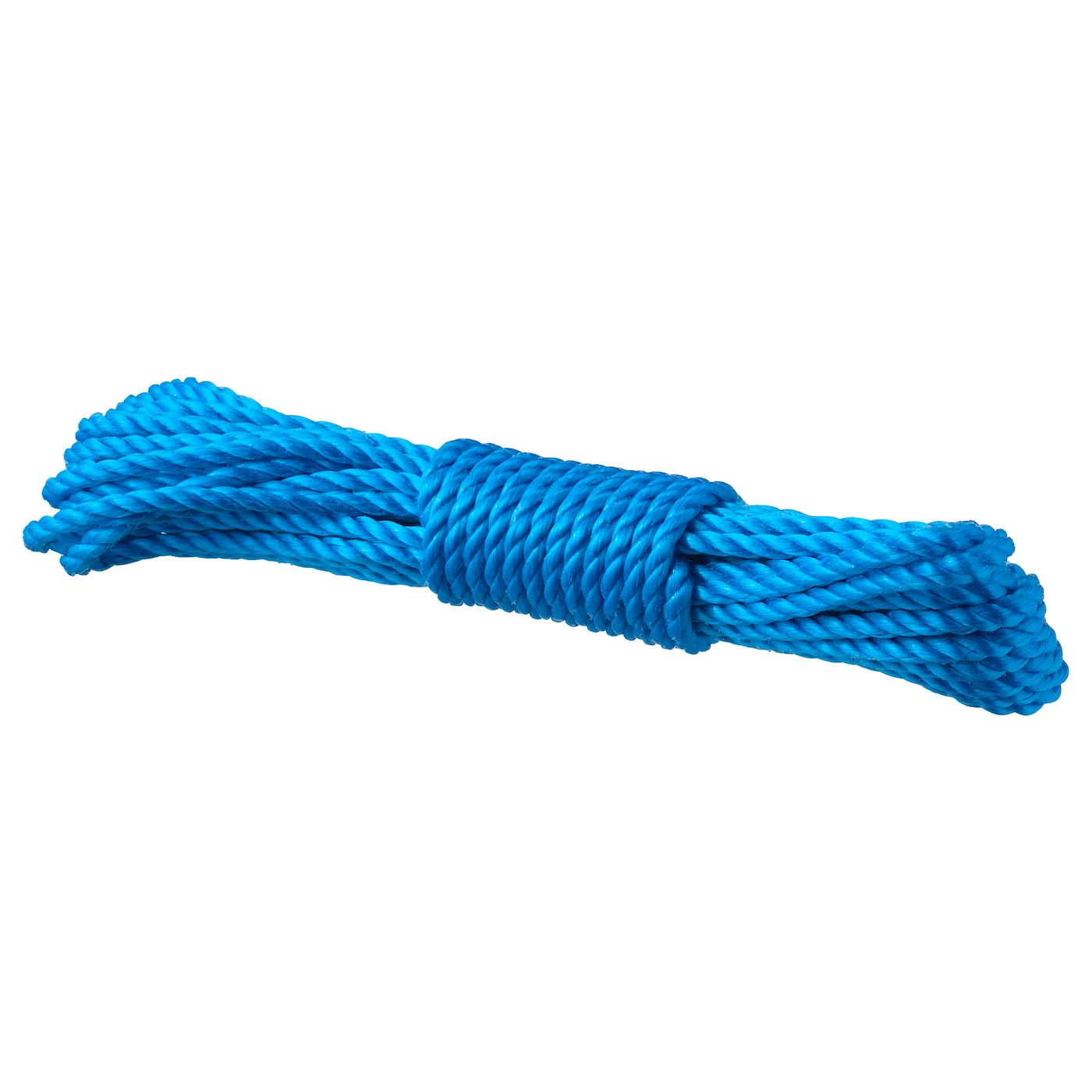
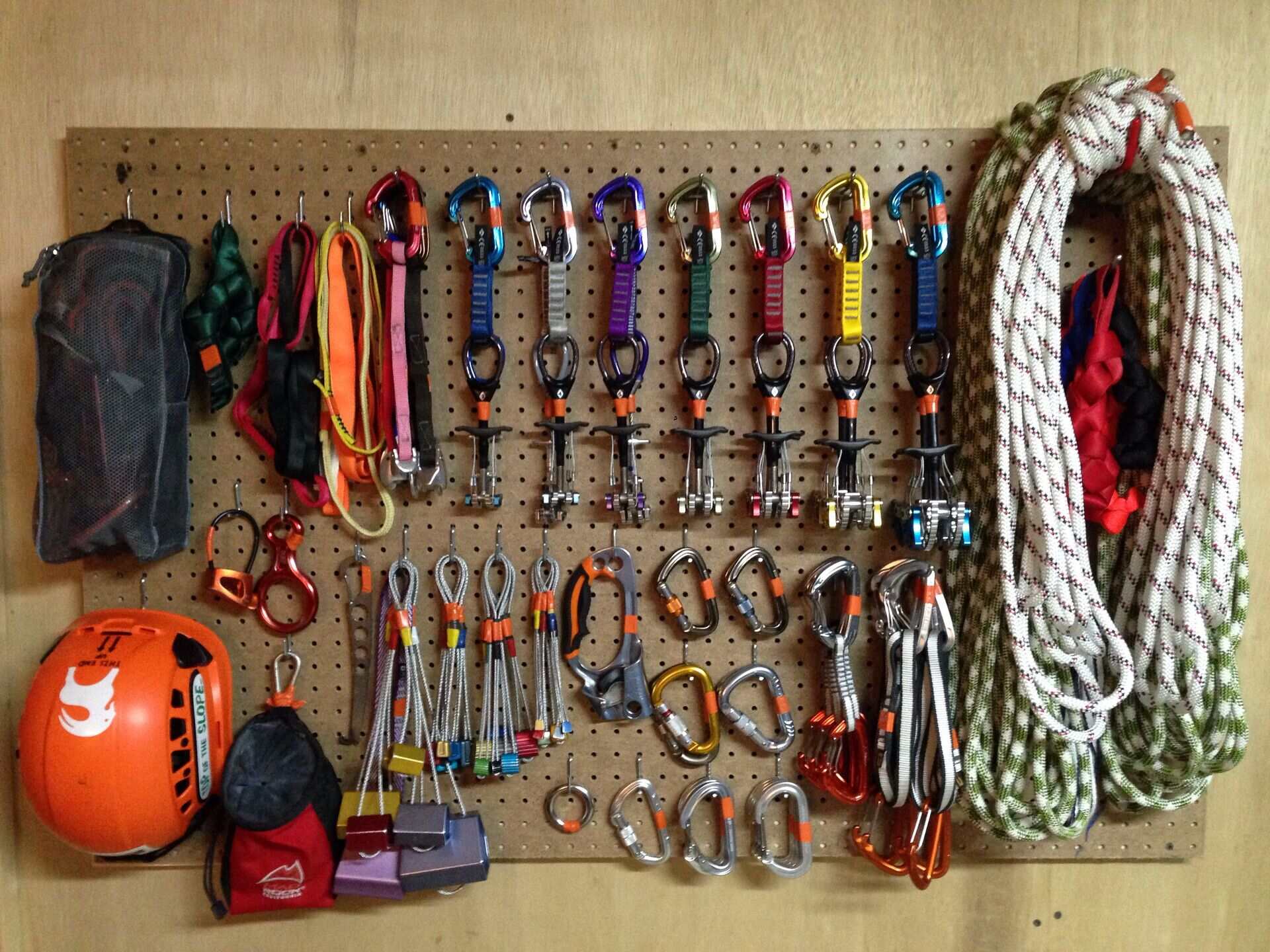
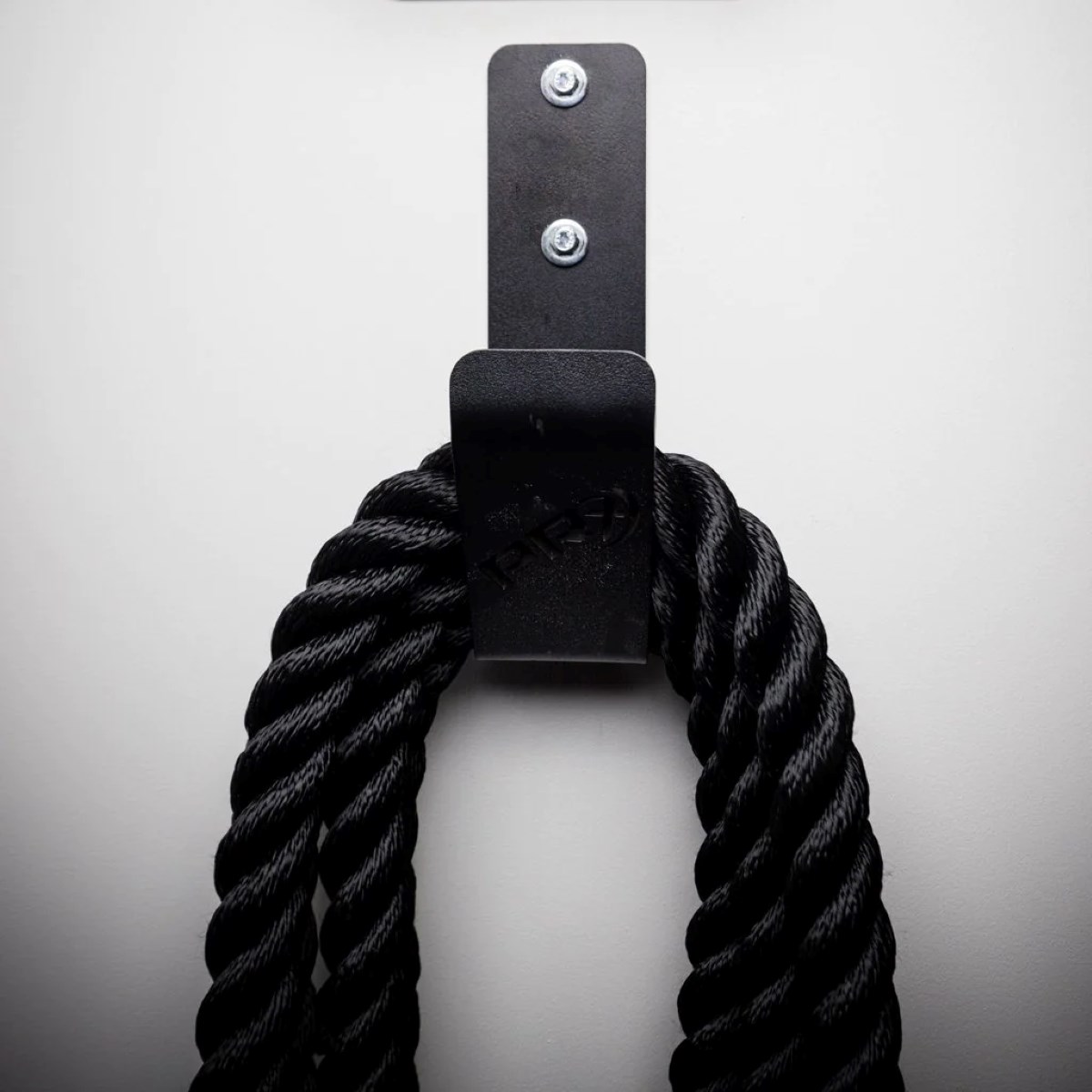
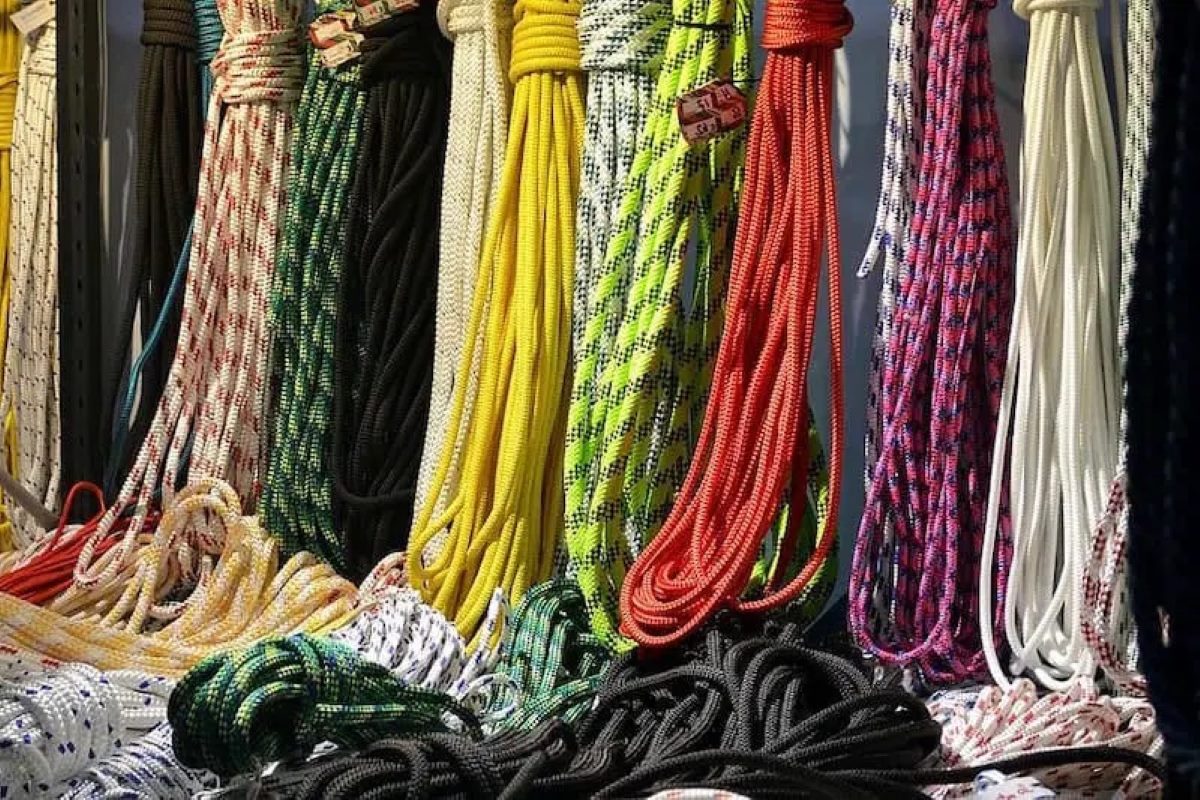

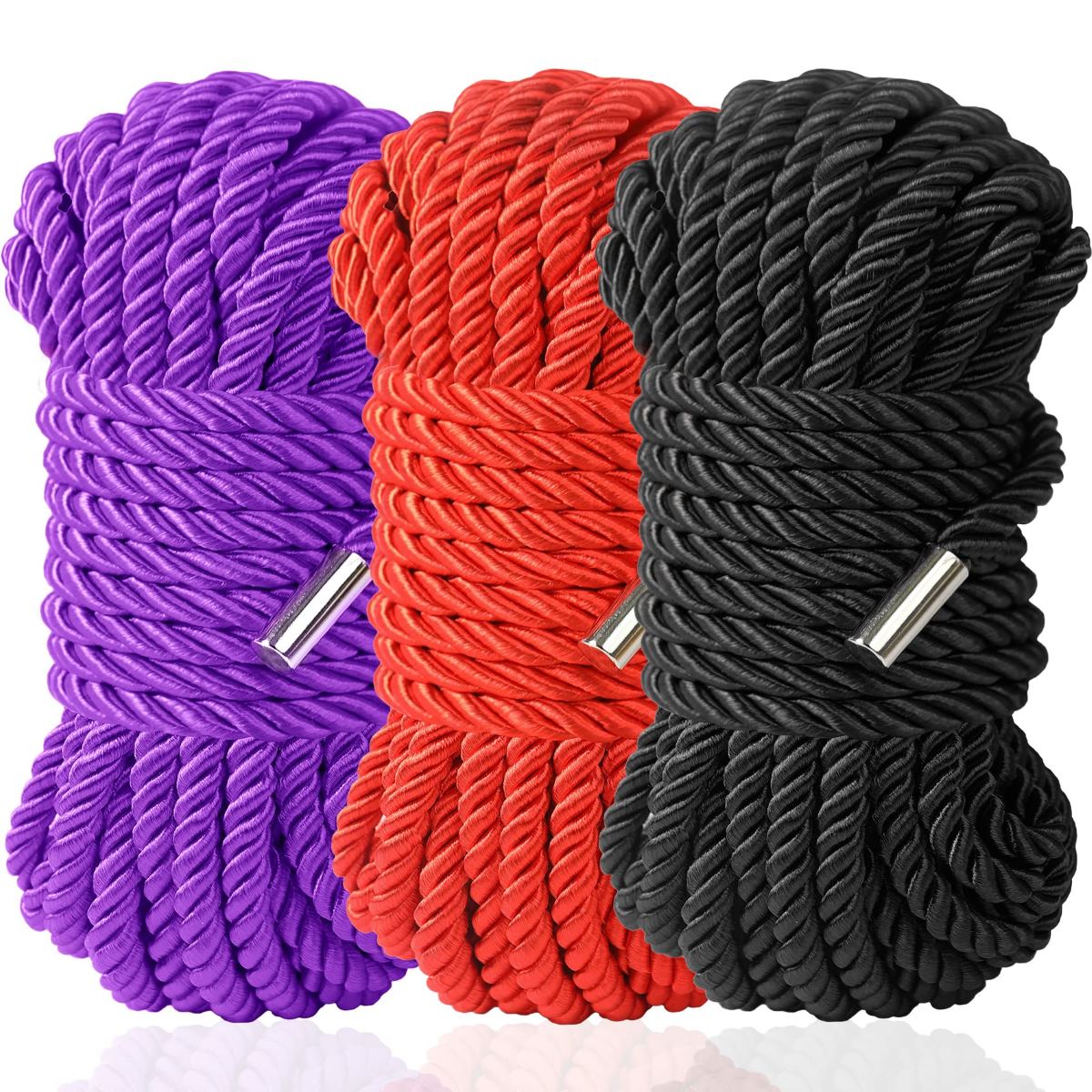


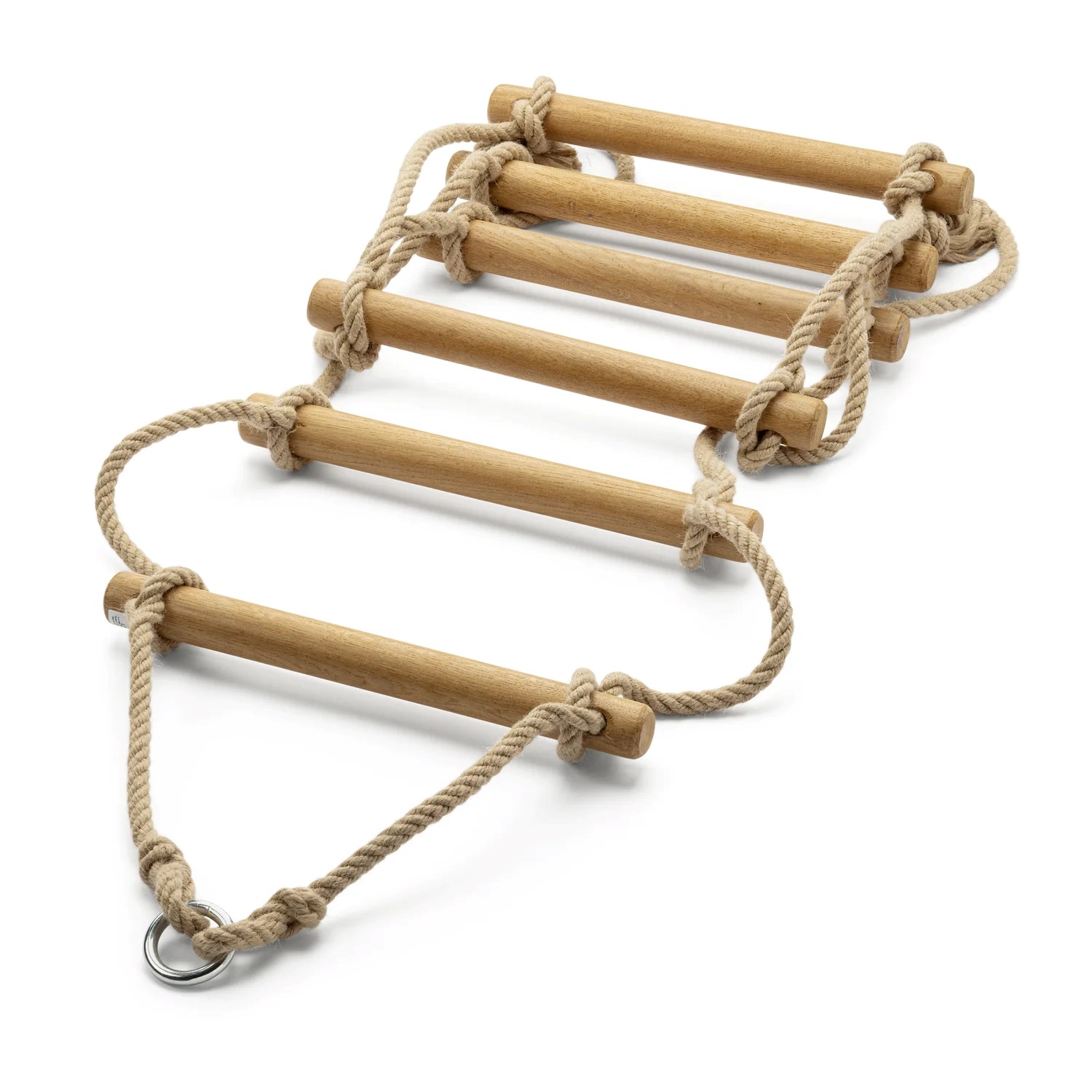


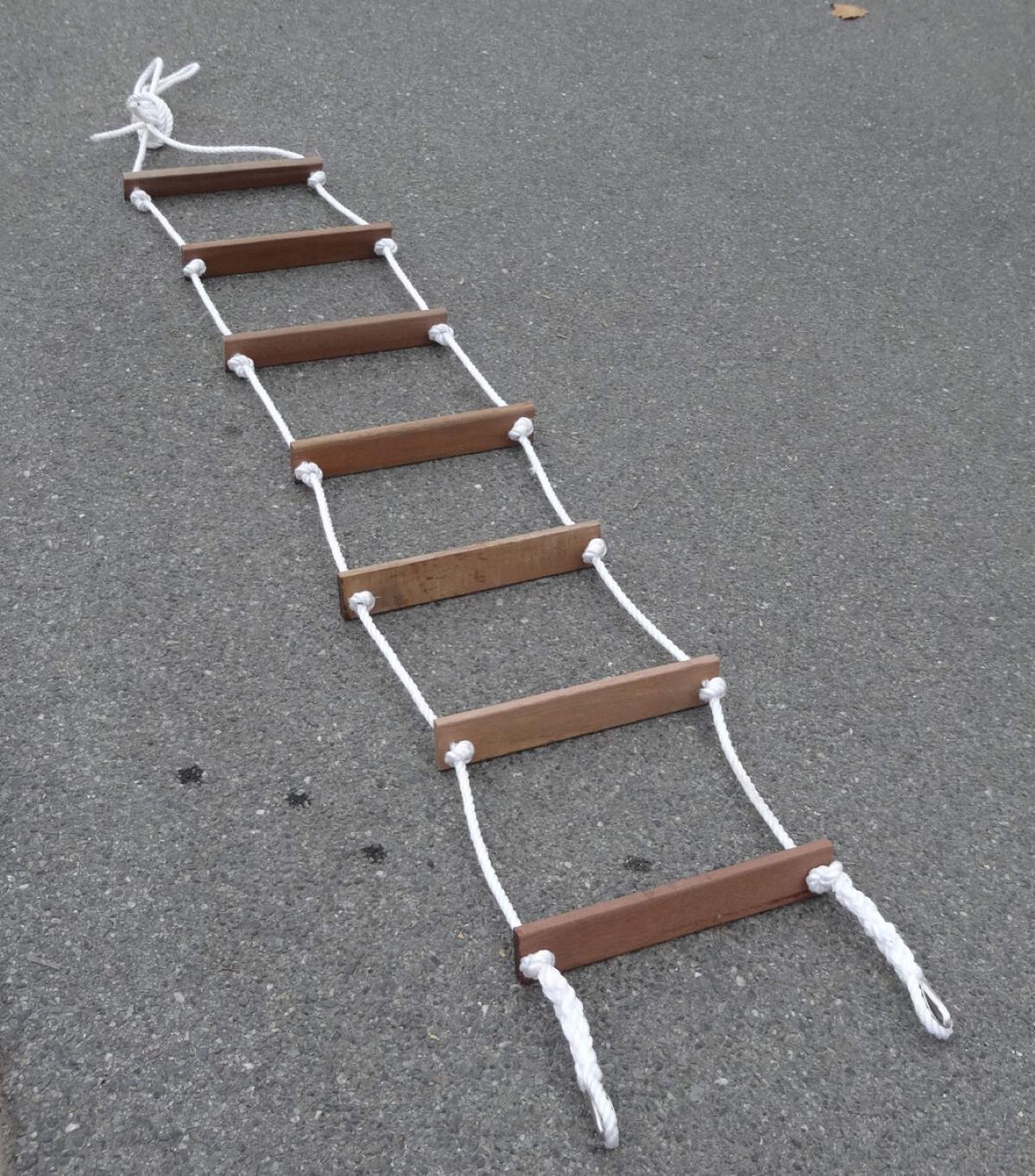

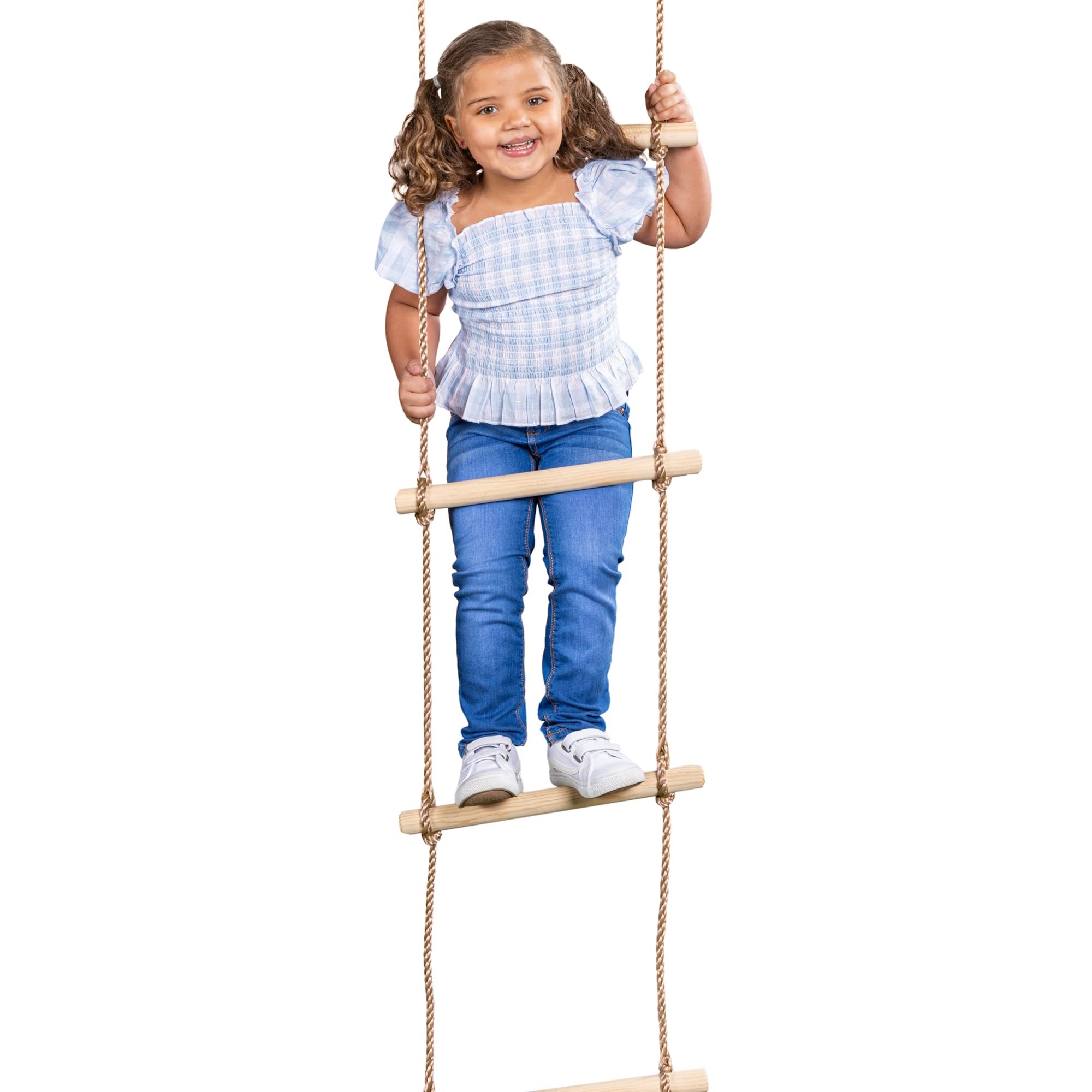

0 thoughts on “How To Store Jump Rope”